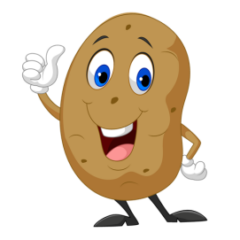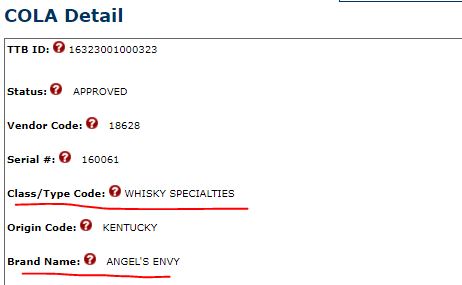The TTB proposed several new rules and solicited input under a proposal titled “Modernization of the Labeling and Advertising Regulations for Wine, Distilled Spirits, and Malt Beverages” last year. Today they published their response along with which code change is occurring and its effective date of May 4, 2020. Here is my summary on how it affects spirits:
-All spirits other than neutral spirits, which is vodka, can now have age statements so long as once they are dumped from the barrel no altercations are made. Yes Gin can now officially be aged. In addition they removed the line about Gin having to be aged in paraffin lined barrels. Whiskey Specialties class type 641 products should now be allowed to carry an age statement.
-One proposal was to define the size of an oak barrel used for aging. This was the most commented on item and the comments overwhelmingly opposed this proposal. The TTB listened and the current code, which does not specify a particular size, will remain in place.
-Another proposal would have limited age statements to only time spent in the first barrel. This was not implemented. The TTB agrees all time spent in barrels count towards the age statement. However no changes were made to 27 CFR 5.22 which states age for bourbon whisky, rye whisky, wheat whisky, malt whisky, or rye malt whisky, and straight whiskies other than straight corn whisky, means the period the whisky has been stored in charred new oak containers. This also does not affect the current requirement in certain whiskies to disclose if it was aged in used cooperage.
-Agave Spirits is now a new Class with 2 defined types listed under it, Tequila & Mezcal. US producers making Agave spirits in this Class will now be able to do so without submitting a formula
-Brand labels on spirits. Before the brand name with class and type were required to appear together on a label. Now that information just needs to be able to be viewed all at once.
-If whisky is aged in more than one barrel, the label may optionally indicate what types of barrels were used.
-If spirits are labeled with a term describing how many times it has been distilled it must be a truthful statement. Distillation means a single run either through a pot or a column still. Many Vodka distillers in the past claimed something like 50 times distilled, but they were counting each plate in the column as a distillation.
-Laws on personalized labels were relaxed. Producers can now obtain a COLA approval for a personalized label and once approved then make changes to this personalization without a new label approval being required.
-In advertising, you can now display your phone number, website or email rather than your city/state.
-Proof in bottles will now have a wider variance; plus or minus 0.3 percentage points.
-Regarding selecting a class type, the TTB wants distillers to have the option of using the general class type ‘whisky” or the designated type that applies. This has been the TTB policy although it goes directly against 27 CFR 5.35 (a) which states the class and type of distilled spirits shall be stated in conformity with §5.22 if defined therein; where 5.22 defines the main class types. You would think they would revise 5.35, but there was no mention of that.
-The use of the term Straight shall become optional for a producer. My personal note – lf you make a whiskey that meets the qualifications to be labeled Straight, please label it as such!
-Vodka was described in the code as without distinctive character, aroma, taste, or color. That has been stricken from the code. It’s now defined as neutral spirits which may be treated with up to two grams per liter of sugar and up to one gram per liter of citric acid.
If you wish to read the published document – https://www.federalregister.gov/documents/2020/04/02/2020-05939/modernization-of-the-labeling-and-advertising-regulations-for-wine-distilled-spirits-and-malt


